Home>Gardening & Outdoor>Landscaping Ideas>How To Propagate Guppy Grass
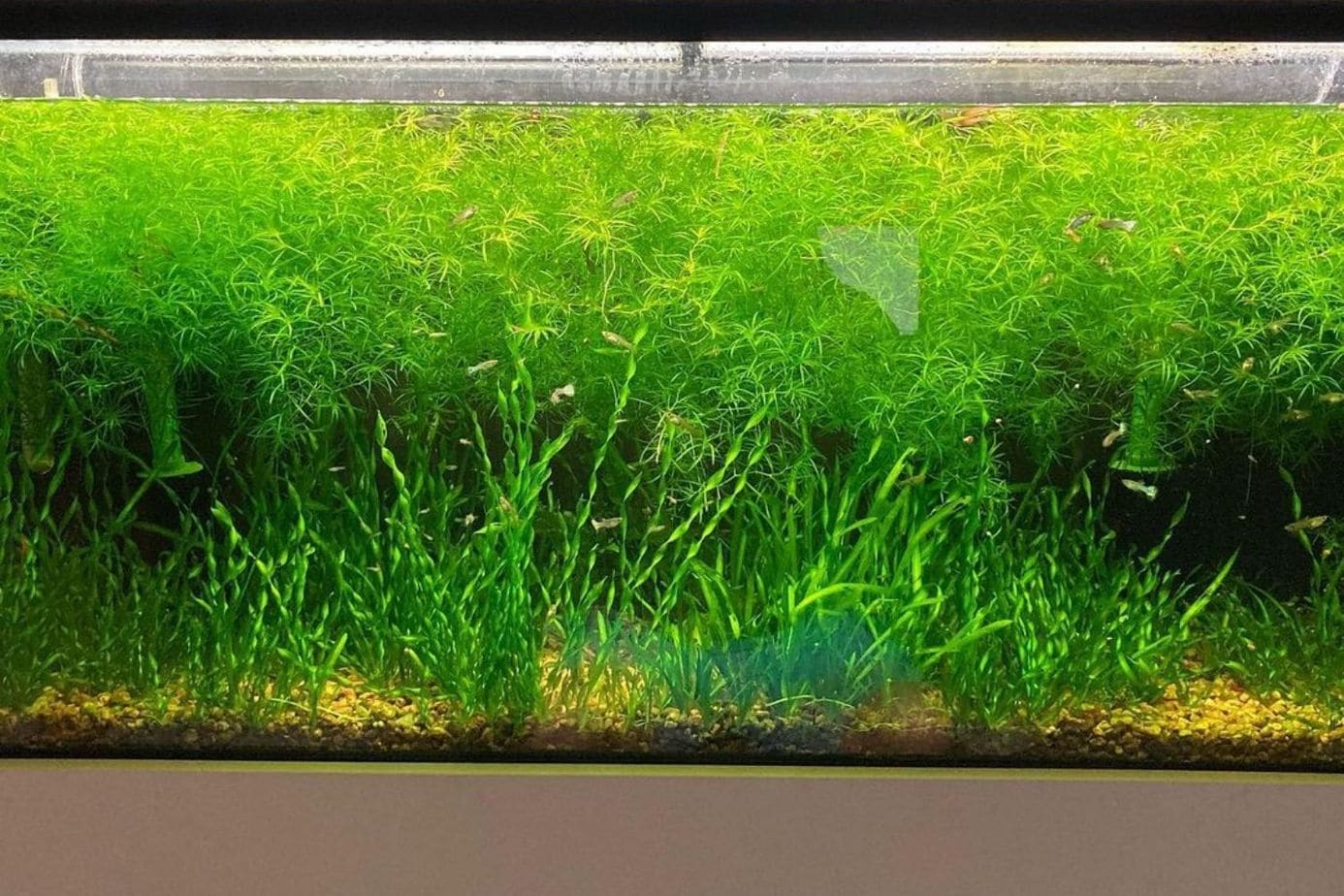

Landscaping Ideas
How To Propagate Guppy Grass
Published: January 25, 2024
Learn how to propagate guppy grass with our expert landscaping ideas. Discover the best techniques for growing and maintaining guppy grass in your aquatic landscape.
(Many of the links in this article redirect to a specific reviewed product. Your purchase of these products through affiliate links helps to generate commission for Storables.com, at no extra cost. Learn more)
Introduction
Guppy grass, also known as Najas guadalupensis, is a versatile and visually appealing aquatic plant that is popular among aquarists and pond enthusiasts. Its vibrant green hue and delicate, feather-like leaves make it a stunning addition to any aquatic environment. Guppy grass is not only prized for its aesthetic appeal, but also for its remarkable ability to oxygenate water and provide shelter for aquatic creatures. In this comprehensive guide, we will delve into the art of propagating guppy grass, allowing you to expand your aquatic garden and share the beauty of this plant with others.
Throughout this article, we will explore the various methods of propagating guppy grass, providing you with the knowledge and confidence to cultivate this aquatic gem in your own space. Whether you are a seasoned aquarist or a newcomer to the world of aquatic plants, this guide will equip you with the essential techniques and insights needed to propagate guppy grass successfully.
Join us as we embark on a journey into the captivating realm of guppy grass propagation, where the beauty of nature meets the art of cultivation. Let's dive in and uncover the secrets of multiplying this enchanting aquatic plant!
Key Takeaways:
- Propagating guppy grass enhances the beauty and health of aquatic environments by creating lush, natural habitats for aquatic life and contributing to water quality through oxygenation and filtration.
- Aquarists and pond enthusiasts can easily propagate guppy grass using methods like stem cuttings, division, and runners, fostering the growth of this resilient plant and enriching their aquatic landscapes.
Read more: How To Plant Guppy Grass
What is Guppy Grass?
Guppy grass, scientifically known as Najas guadalupensis, is a fast-growing aquatic plant that belongs to the Najadaceae family. Originating from North America, this versatile plant has become a cherished addition to aquariums, ponds, and water gardens around the world. Its name, “guppy grass,” is derived from its popularity as a breeding and hiding ground for guppies and other small fish species.
Characterized by its vibrant green color and finely textured leaves, guppy grass creates a lush and naturalistic aquatic environment. In addition to its aesthetic appeal, this plant plays a vital role in maintaining water quality. As a submerged plant, guppy grass actively absorbs nitrates and provides oxygen, contributing to a healthy and balanced aquatic ecosystem.
One of the most remarkable features of guppy grass is its adaptability to various water conditions. It thrives in a wide range of temperatures and lighting intensities, making it an ideal choice for both novice and experienced aquarists. Whether housed in a tropical aquarium or an outdoor pond, guppy grass flourishes and enhances the visual appeal of the aquatic setting.
Furthermore, guppy grass serves as a natural refuge for fry and small aquatic organisms, offering shelter and protection within its dense foliage. This makes it a valuable asset for breeding projects and nurturing the delicate early stages of aquatic life.
In summary, guppy grass is a resilient and visually striking aquatic plant that contributes to the health, beauty, and biodiversity of aquatic environments. Its adaptability, aesthetic appeal, and ecological benefits have earned it a well-deserved place in the hearts of aquarists and pond enthusiasts worldwide.
Why Propagate Guppy Grass?
Propagating guppy grass offers a multitude of benefits for both aquatic enthusiasts and the aquatic ecosystem as a whole. By multiplying this versatile plant, you can significantly enhance the visual appeal and ecological balance of your aquatic environment. Here are several compelling reasons why propagating guppy grass is a worthwhile endeavor:
- Enhanced Aesthetic Appeal: Guppy grass adds a lush and naturalistic charm to aquariums, ponds, and water gardens. By propagating this plant, you can create a more visually captivating and dynamic aquatic landscape, elevating the overall beauty of the environment.
- Natural Filtration and Oxygenation: As a proficient nutrient absorber and oxygenator, guppy grass contributes to the maintenance of water quality. Propagating this plant allows for increased filtration capacity and oxygen production, promoting a healthier and more balanced aquatic ecosystem.
- Habitat for Aquatic Life: Guppy grass serves as a refuge for fry, small fish, and invertebrates, offering shelter and protection within its dense foliage. By propagating guppy grass, you can create more extensive and diverse habitats, supporting the well-being and breeding success of aquatic organisms.
- Ecological Balance: The proliferation of guppy grass can help establish a harmonious ecological balance within aquatic environments. By increasing the plant population, you can mitigate nutrient imbalances, reduce algae growth, and create a more stable and thriving ecosystem.
- Sharing and Community Engagement: Propagating guppy grass provides an opportunity to share the beauty and benefits of this plant with fellow aquarists and pond keepers. By expanding the availability of guppy grass, you can contribute to community engagement, knowledge sharing, and the cultivation of vibrant aquatic communities.
Ultimately, propagating guppy grass aligns with the principles of sustainability, biodiversity, and the enhancement of aquatic habitats. By multiplying this remarkable plant, you can actively contribute to the health, beauty, and vitality of aquatic environments while enjoying the rewards of a thriving and captivating aquatic garden.
Propagation Methods
Propagating guppy grass can be achieved through several effective methods, each offering unique advantages and considerations. Whether you prefer to propagate the plant in an aquarium, pond, or water garden, these methods provide flexible options for expanding your guppy grass population. Let’s explore the primary propagation methods for guppy grass:
- Propagation via Stem Cuttings: This method involves snipping healthy stems from an established guppy grass plant and replanting them to facilitate new growth. Stem cuttings are typically rooted in a substrate or left to float until they develop roots. This straightforward approach is ideal for aquarists seeking to rapidly expand their guppy grass population and fill out their aquatic landscape.
- Propagation via Division: Division entails separating the dense foliage of a mature guppy grass plant into smaller sections, each containing roots and shoots. These divided portions can then be replanted in various locations, allowing for the establishment of new guppy grass clusters. This method is particularly useful for rejuvenating overgrown guppy grass and creating additional planting opportunities.
- Propagation via Runners: Guppy grass is known for producing runners, which are horizontal stems that extend from the main plant and give rise to new growth. By allowing these runners to take root or manually encouraging their propagation, aquarists can expand their guppy grass coverage and introduce fresh clusters of foliage. This method harnesses the plant’s natural reproductive capabilities to foster new growth.
Each of these propagation methods offers a practical and adaptable approach to multiplying guppy grass, catering to the preferences and requirements of diverse aquatic environments. Whether you opt for stem cuttings, division, or runners, the result is an expanded and flourishing guppy grass population, enriching your aquatic setting with its vibrant greenery and ecological benefits.
Method 1: Propagation via Stem Cuttings
Propagating guppy grass through stem cuttings is a straightforward and efficient method that allows aquarists and pond keepers to rapidly expand their plant population. By following these steps, you can successfully propagate guppy grass using stem cuttings:
- Selection of Healthy Stems: Identify robust and healthy stems from an established guppy grass plant. Look for stems that exhibit vibrant green coloration and show no signs of damage or decay. Using sharp, clean scissors or pruning shears, carefully snip the selected stems from the parent plant.
- Preparation of Cuttings: Trim the stems into manageable lengths, typically ranging from 3 to 6 inches. Remove any excess foliage or side shoots from the lower portion of the cuttings to create a clean and streamlined stem for planting.
- Planting in Substrate or Allowing to Float: Depending on your preference and the specific requirements of your aquatic environment, you can choose to plant the cuttings directly into the substrate of your aquarium, pond, or water garden. Alternatively, you can allow the cuttings to float on the water’s surface until they develop roots. Both methods can lead to successful establishment and growth of new guppy grass plants.
- Maintenance and Monitoring: Ensure that the planted or floating cuttings receive adequate lighting and water conditions suitable for guppy grass. Regularly monitor the cuttings for signs of root development and new growth. Maintain water quality and provide appropriate nutrients to support the establishment of the propagated guppy grass.
- Transplanting and Propagation Success: Once the cuttings have developed a healthy root system and new foliage, they can be transplanted to their desired locations within the aquatic environment. With proper care and favorable conditions, the propagated guppy grass will continue to thrive and contribute to the visual appeal and ecological balance of the aquatic setting.
By utilizing stem cuttings, aquarists and pond enthusiasts can efficiently propagate guppy grass, fostering the expansion of this captivating plant and enriching their aquatic landscapes with its vibrant greenery and beneficial attributes.
To propagate guppy grass, simply trim the stems and replant them in the substrate. Make sure to provide adequate light and nutrients for the new plants to thrive.
Read more: How To Propagate Mondo Grass
Method 2: Propagation via Division
Propagating guppy grass through division offers a practical and versatile approach to multiplying this resilient aquatic plant. By following these steps, you can successfully propagate guppy grass via division, allowing for the rejuvenation and expansion of its lush foliage:
- Selection of Mature Plant: Choose a well-established and healthy guppy grass plant that is suitable for division. Look for a specimen with dense foliage and robust growth, indicating its readiness for propagation through division.
- Separation of Foliage: Gently remove the mature guppy grass plant from its planting location, taking care to preserve the root system. Once the plant is carefully lifted, divide the dense foliage into smaller sections, ensuring that each division contains a portion of the root system and shoots.
- Replanting Divisions: Plant the divided sections of guppy grass in desired locations within the aquatic environment, allowing ample space for their growth and expansion. Ensure that the divisions are positioned at suitable depths and receive adequate lighting and water circulation to support their establishment.
- Maintenance and Nurturing: Provide consistent care and maintenance to the newly divided guppy grass sections, monitoring their progress and ensuring that they receive optimal water quality and nutrient levels. Attend to any specific requirements of the propagated divisions to promote their successful integration and growth.
- Propagation Success and Growth: With attentive care and favorable conditions, the divided sections of guppy grass will establish themselves and begin to thrive, contributing to the visual appeal and ecological balance of the aquatic environment. As the divisions grow and propagate, they will enhance the overall beauty and biodiversity of the aquatic setting.
Through the method of division, aquarists and pond keepers can effectively propagate guppy grass, revitalizing overgrown specimens and creating new clusters of this captivating plant within their aquatic landscapes. This method harnesses the resilience and adaptability of guppy grass, allowing for the seamless expansion and rejuvenation of its lush greenery.
Method 3: Propagation via Runners
Propagating guppy grass via runners harnesses the plant’s natural reproductive capabilities, allowing for the effortless expansion of its lush foliage within aquatic environments. By following these steps, you can successfully propagate guppy grass through the utilization of runners, fostering the growth and proliferation of this resilient aquatic plant:
- Identification of Runners: Observe the guppy grass plant for the emergence of runners, which are horizontal stems that extend from the main plant. These runners serve as natural conduits for the propagation of new growth and can be identified by their distinct appearance and trajectory.
- Encouragement of Rooting: If the runners have not already taken root, gently guide them to suitable areas within the aquatic environment where they can establish themselves. Ensure that the runners are positioned in conducive locations, providing them with the opportunity to develop roots and initiate new growth.
- Monitoring and Nurturing: Regularly monitor the runners for signs of root development and new foliage. Provide appropriate care and maintenance to support the establishment of the propagated guppy grass, ensuring that they receive adequate lighting, water quality, and nutrient levels conducive to their growth.
- Expansion and Integration: As the runners take root and propagate new growth, they will contribute to the expansion and rejuvenation of the guppy grass population within the aquatic environment. Embrace the natural proliferation of the runners, allowing them to seamlessly integrate and thrive, enhancing the visual appeal and ecological balance of the aquatic setting.
By leveraging the natural reproductive mechanism of runners, aquarists and pond enthusiasts can effortlessly propagate guppy grass, fostering the growth of new clusters and contributing to the lush greenery and biodiversity of their aquatic landscapes. This method aligns with the resilience and adaptability of guppy grass, allowing for the seamless expansion and rejuvenation of its captivating presence.
Tips for Successful Propagation
When embarking on the journey of propagating guppy grass, incorporating the following tips and insights can significantly enhance the success and efficiency of the propagation process, ensuring the flourishing growth and expansion of this captivating aquatic plant:
- Optimal Water Conditions: Maintain stable water parameters, including temperature, pH levels, and nutrient balance, to provide an ideal environment for guppy grass propagation. Consistent water quality is essential for the establishment and growth of propagated plants.
- Appropriate Lighting: Ensure that the propagated guppy grass receives adequate lighting based on its specific requirements. Whether in an aquarium or outdoor pond, suitable light intensity is crucial for promoting healthy growth and photosynthetic activity.
- Regular Monitoring: Keep a watchful eye on the propagated guppy grass, observing for signs of new growth, root development, and overall vitality. Regular monitoring allows for timely adjustments and interventions to support the successful establishment of the propagated plants.
- Pruning and Maintenance: Engage in routine maintenance, including the removal of decaying or excessive foliage, to promote the health and vigor of the propagated guppy grass. Pruning can encourage new growth and prevent overcrowding, fostering a balanced and thriving plant population.
- Water Circulation and Oxygenation: Ensure adequate water circulation and oxygenation within the aquatic environment to support the growth of propagated guppy grass. Proper oxygen levels are essential for the respiratory needs of the plants and contribute to a healthy aquatic ecosystem.
- Substrate and Planting Depth: If planting guppy grass in a substrate, select a suitable substrate type and ensure the appropriate planting depth to facilitate root development and stability. The right substrate and planting depth are crucial for the successful establishment of propagated plants.
- Patience and Observation: Exercise patience and keen observation as the propagated guppy grass takes root and establishes itself. Each plant may exhibit unique growth patterns, and attentive observation allows for tailored care and adjustments based on individual needs.
By integrating these tips into the propagation process, aquarists and pond keepers can foster the successful growth and expansion of guppy grass, cultivating a vibrant and thriving aquatic landscape teeming with the beauty and benefits of this remarkable plant.
Conclusion
In the realm of aquatic gardening and aquascaping, the propagation of guppy grass emerges as a rewarding and enriching endeavor, offering a gateway to the expansion of lush greenery and the cultivation of vibrant aquatic ecosystems. Through the methods of stem cuttings, division, and harnessing runners, aquarists and pond enthusiasts can multiply the captivating presence of guppy grass, infusing their aquatic environments with its aesthetic charm and ecological benefits.
As guppy grass proliferates and thrives, it contributes to the visual allure and ecological equilibrium of aquariums, ponds, and water gardens, offering shelter, oxygenation, and a refuge for aquatic life. The propagation of this resilient aquatic plant aligns with the principles of sustainability, biodiversity, and community engagement, allowing enthusiasts to share the beauty and benefits of guppy grass with fellow aquarists and pond keepers.
By adhering to best practices, maintaining optimal water conditions, and providing attentive care, aquarists and pond keepers can foster the successful establishment and expansion of propagated guppy grass, creating a dynamic and flourishing aquatic landscape. The propagation of guppy grass transcends cultivation—it embodies a harmonious synergy between nature and cultivation, where the beauty and resilience of this plant converge with the artistry and stewardship of aquatic enthusiasts.
As the guppy grass population flourishes and the aquatic environment teems with vitality, the rewards of propagation manifest in the form of a captivating, thriving, and balanced ecosystem. The propagation of guppy grass is not merely a horticultural pursuit; it is an invitation to nurture and celebrate the wonders of aquatic life, fostering a harmonious coexistence between nature and the art of cultivation.
Embrace the art of guppy grass propagation, and witness the transformation of aquatic spaces into captivating, biodiverse havens where the allure of guppy grass flourishes and the beauty of nature abounds.
Frequently Asked Questions about How To Propagate Guppy Grass
Was this page helpful?
At Storables.com, we guarantee accurate and reliable information. Our content, validated by Expert Board Contributors, is crafted following stringent Editorial Policies. We're committed to providing you with well-researched, expert-backed insights for all your informational needs.
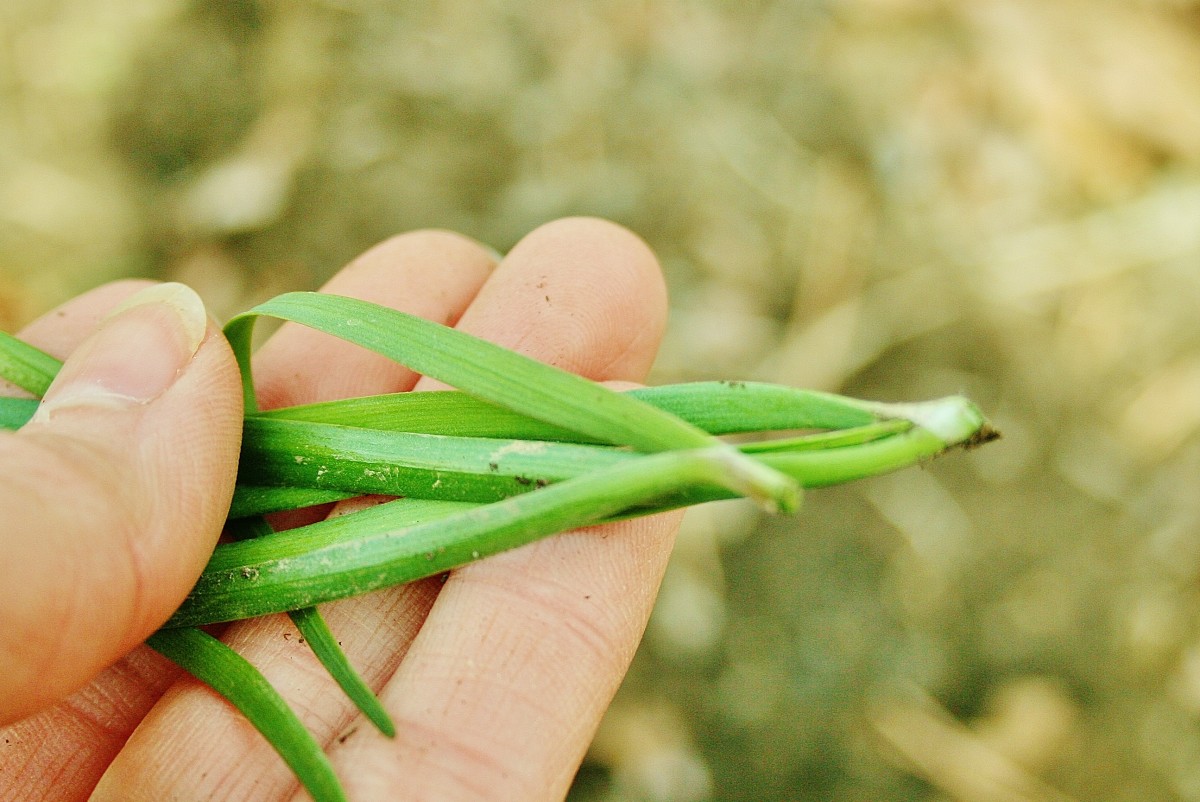
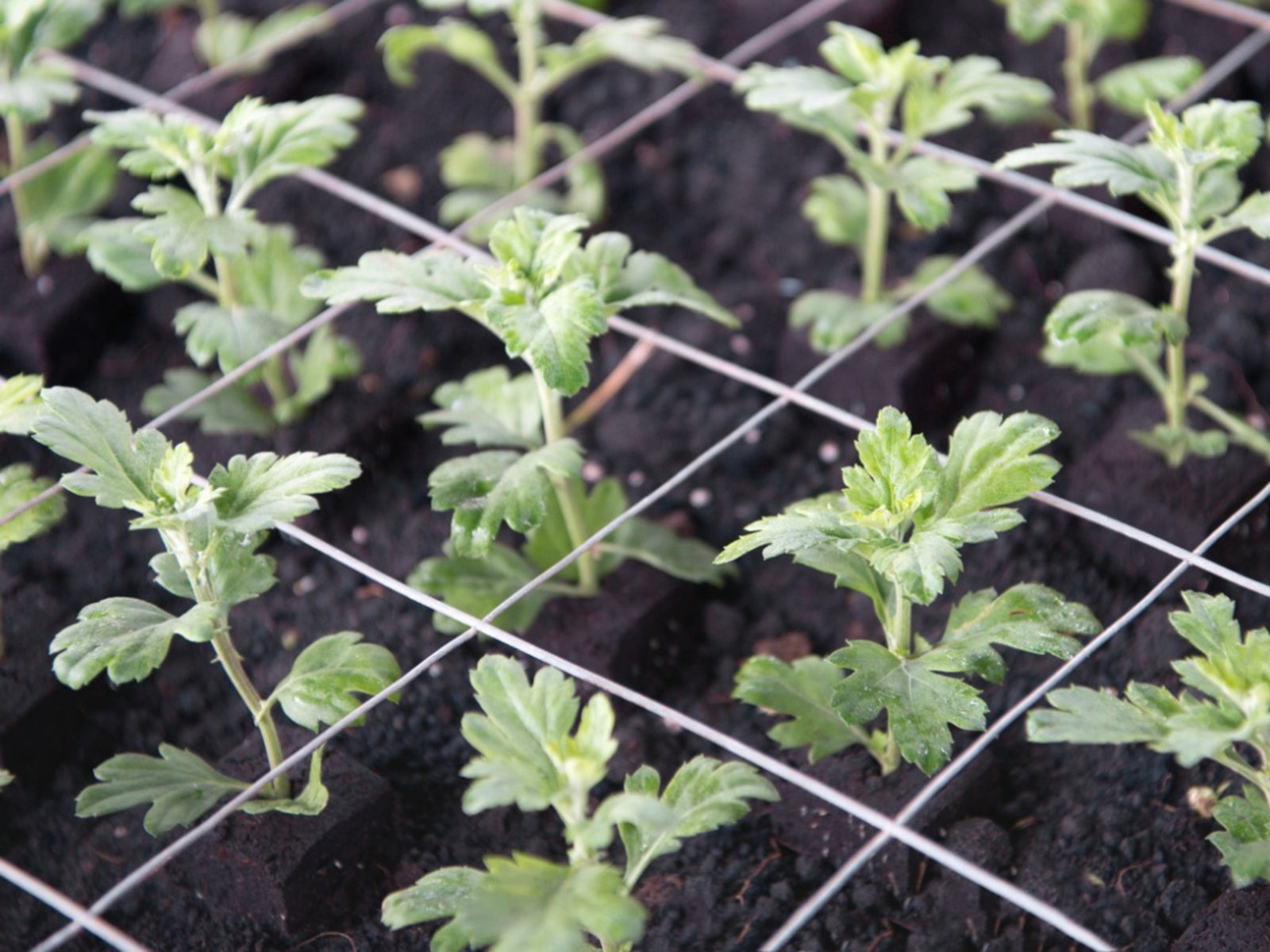
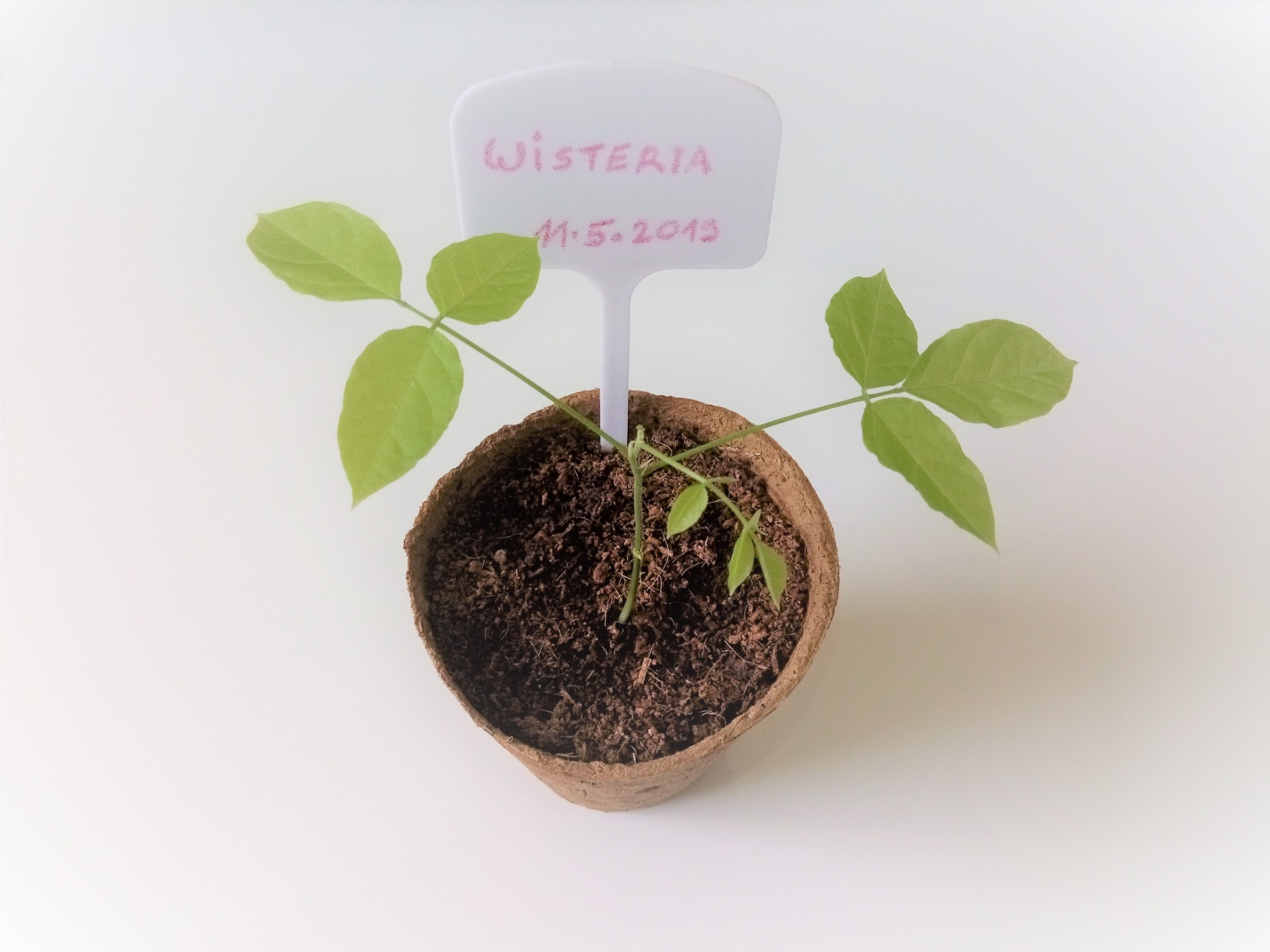
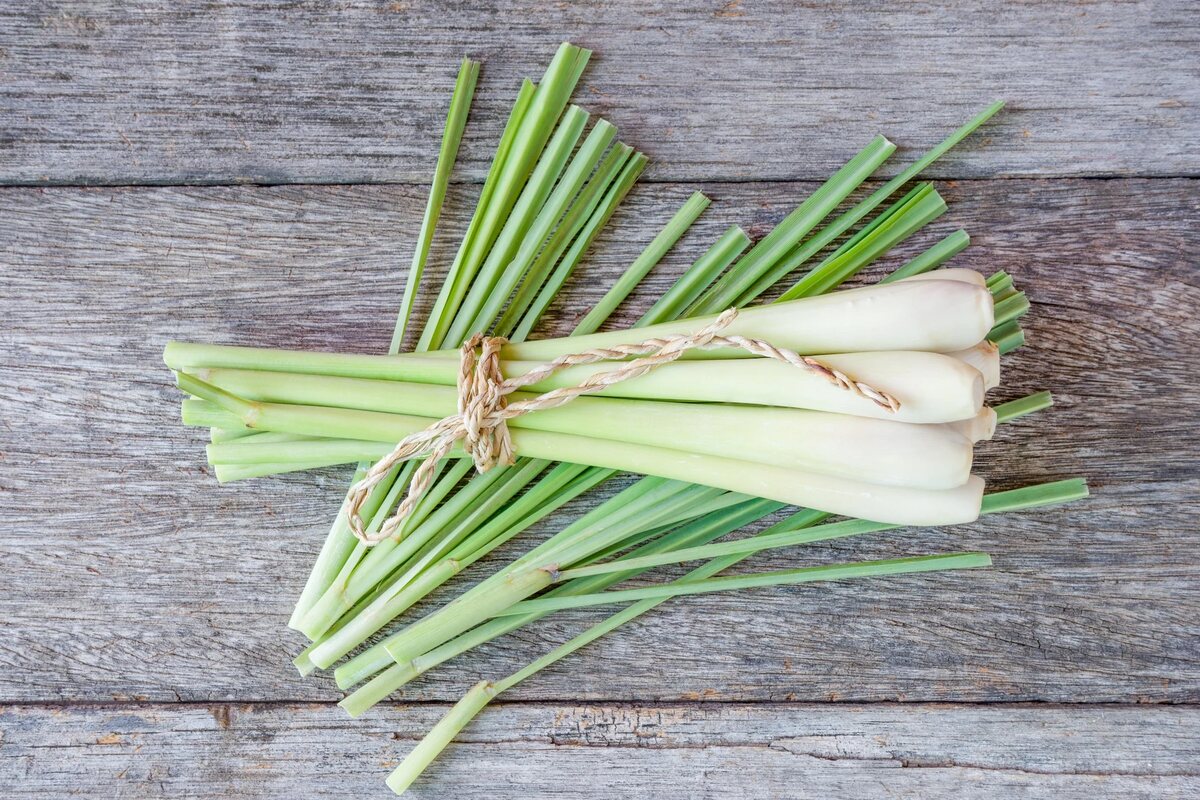
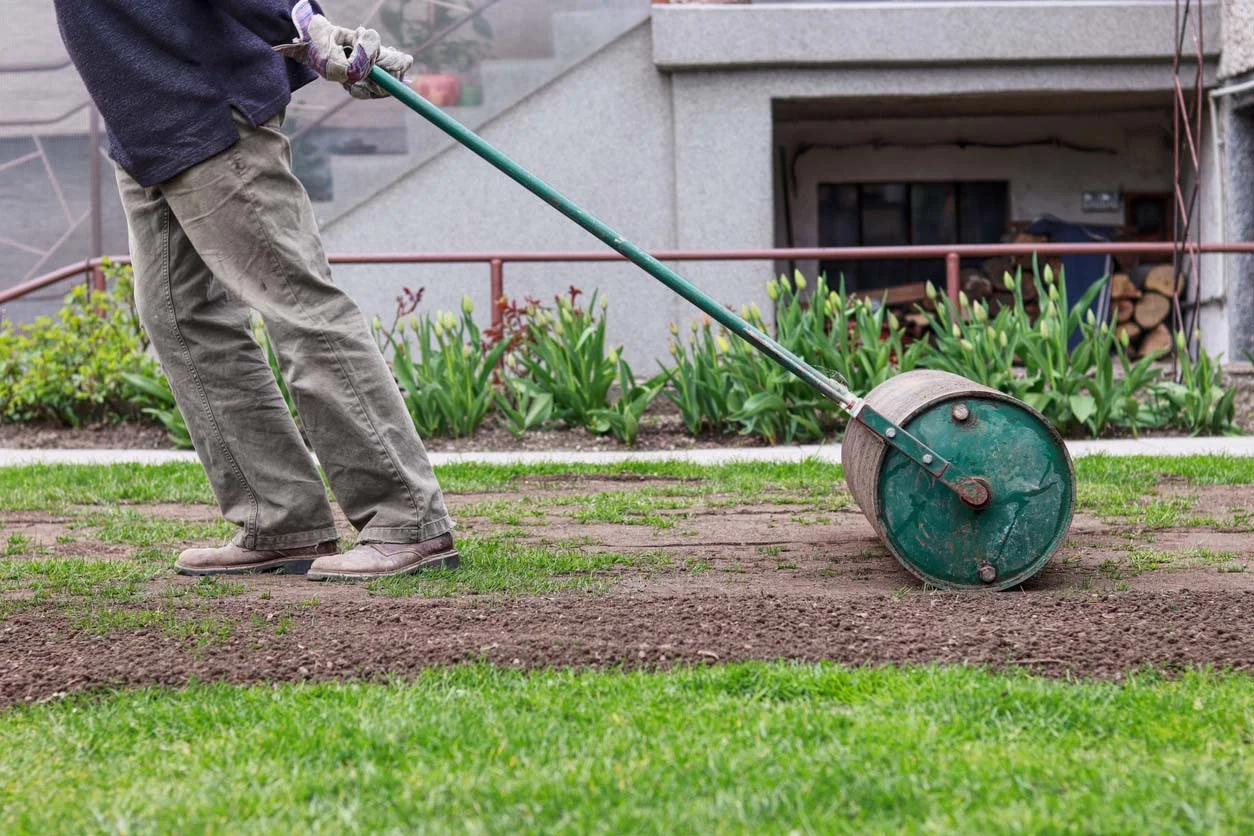
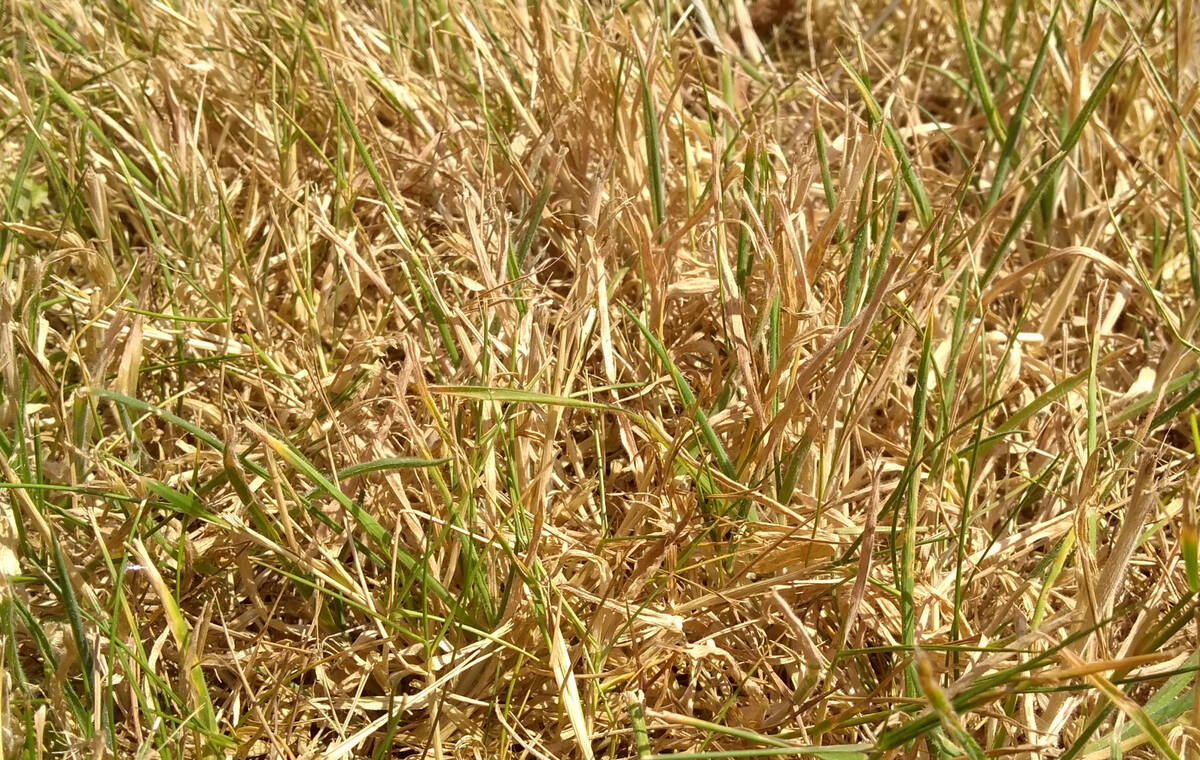
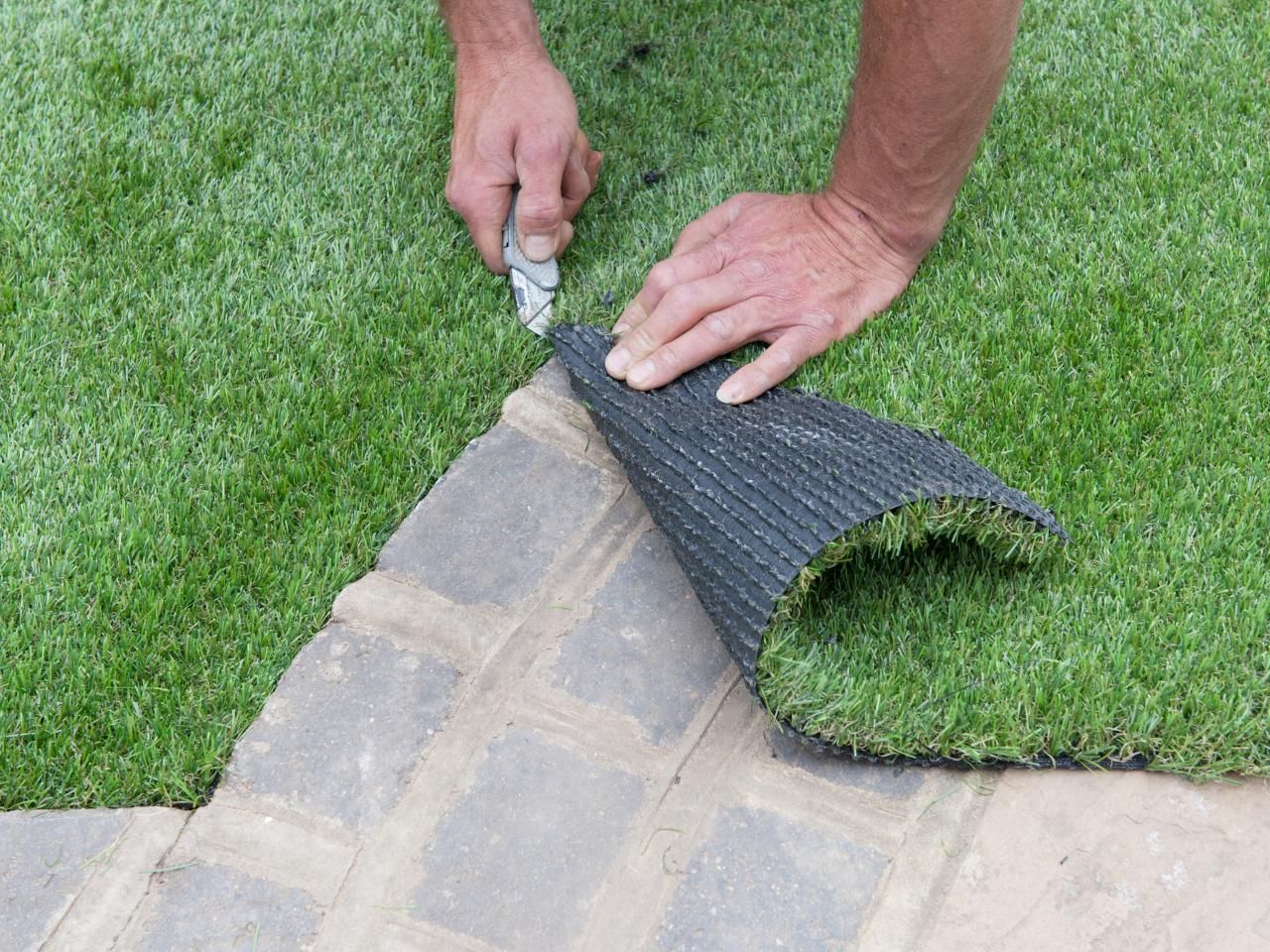
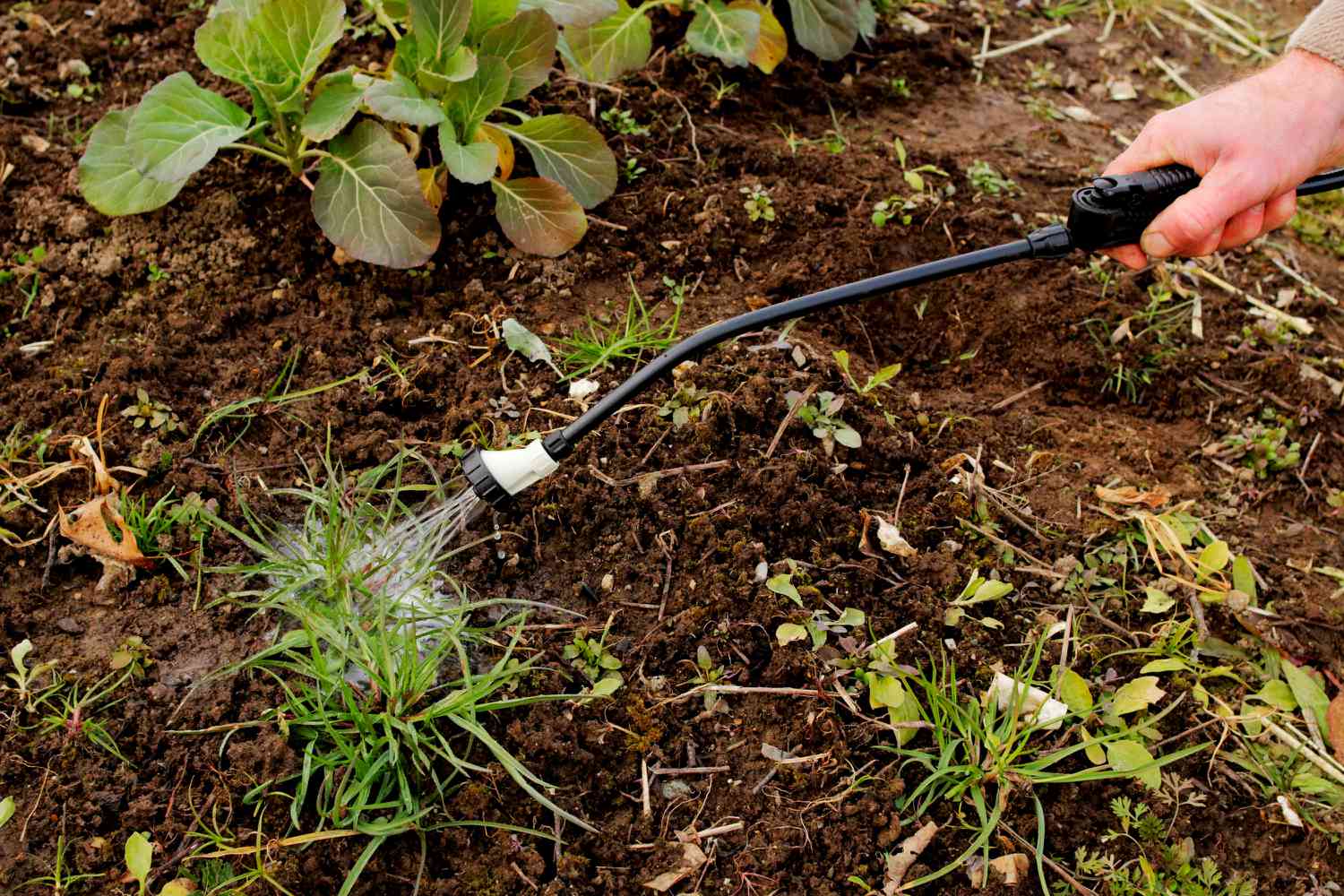
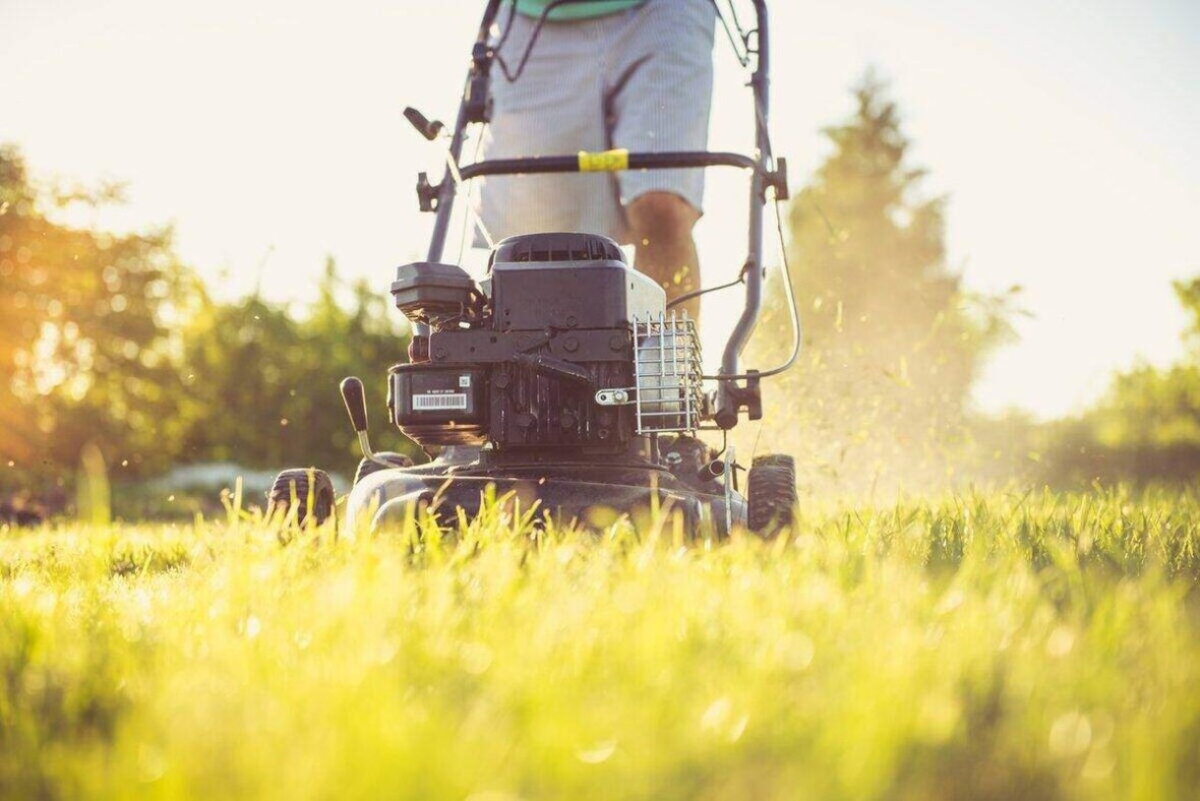
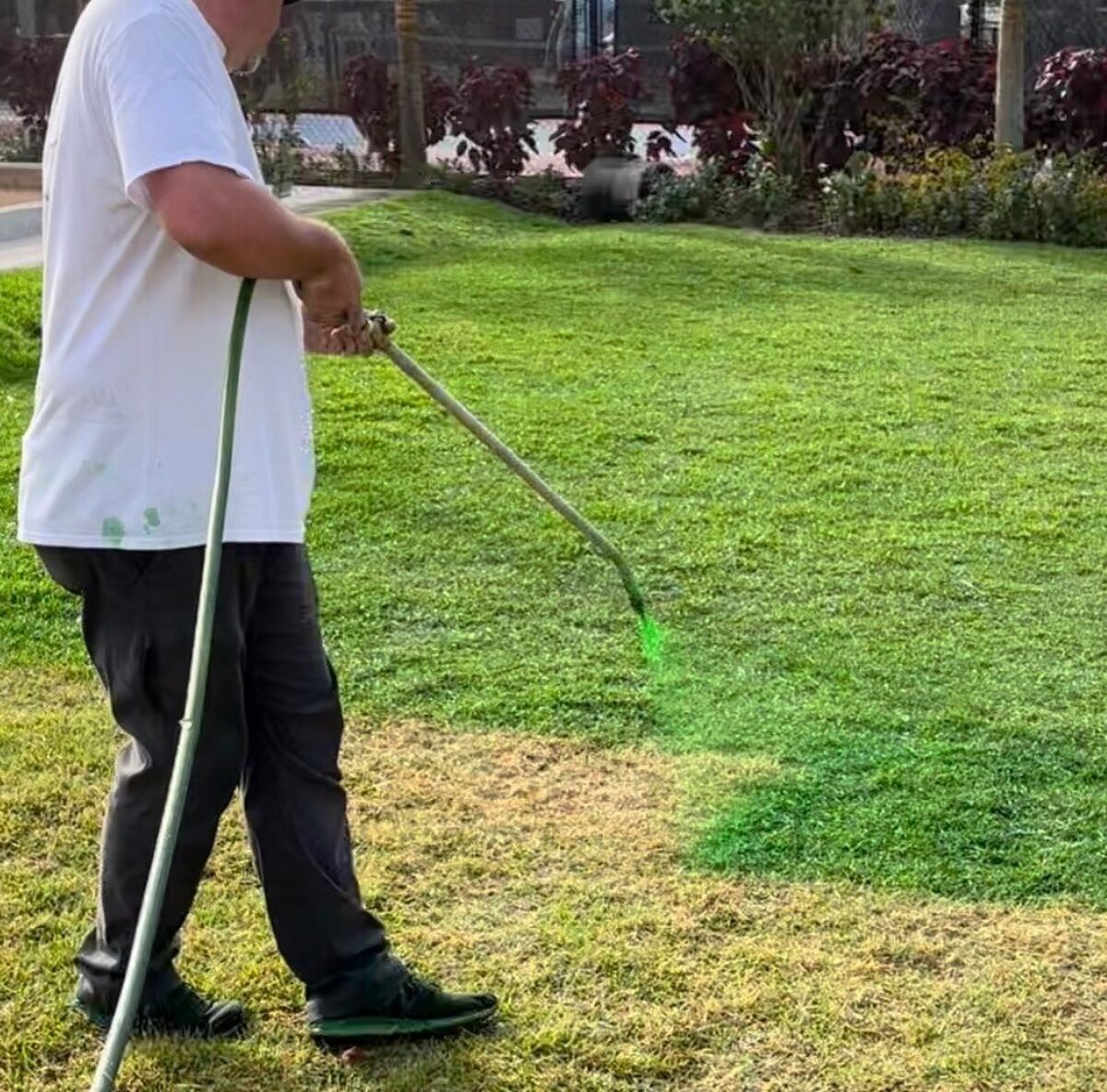
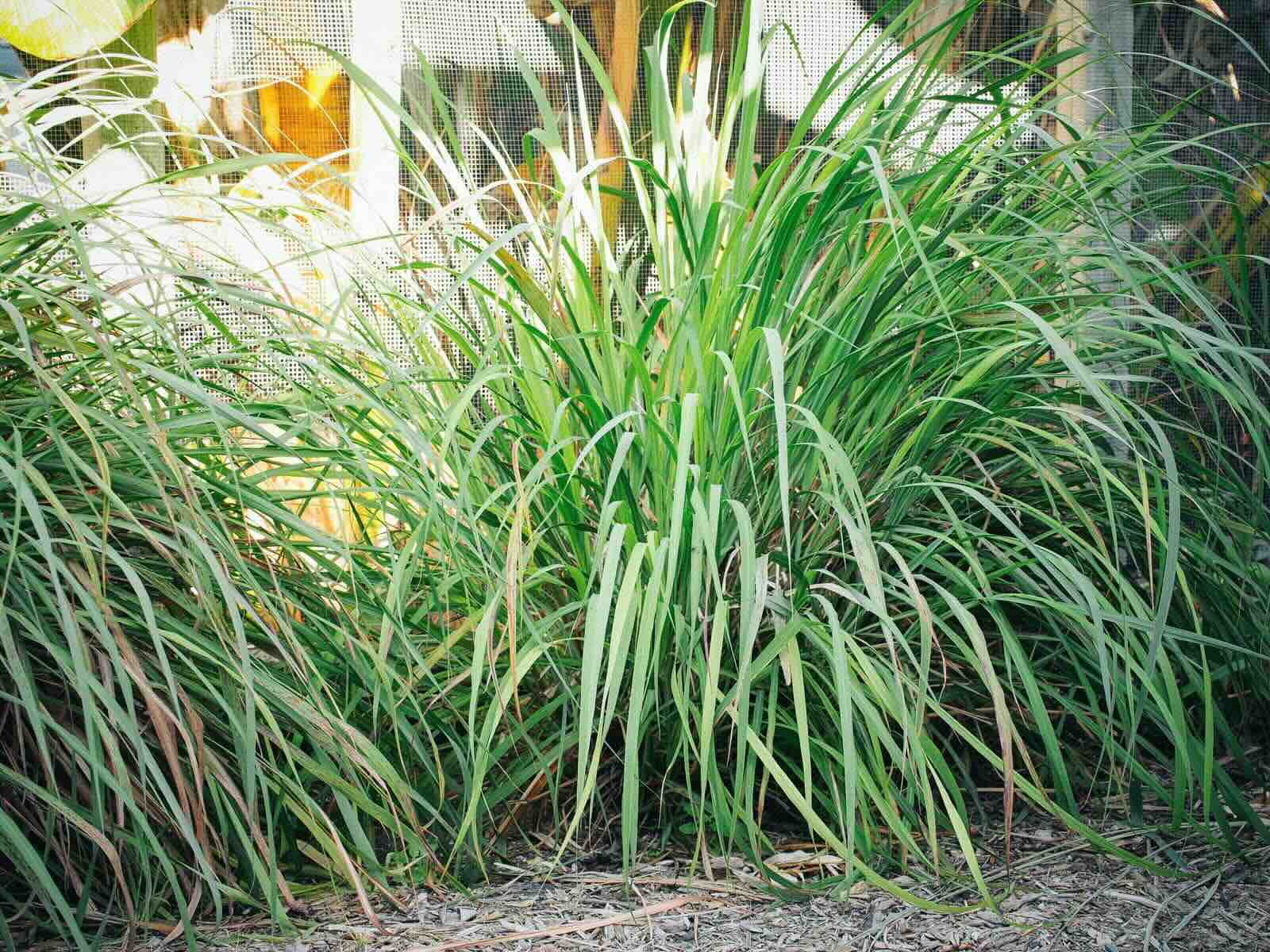
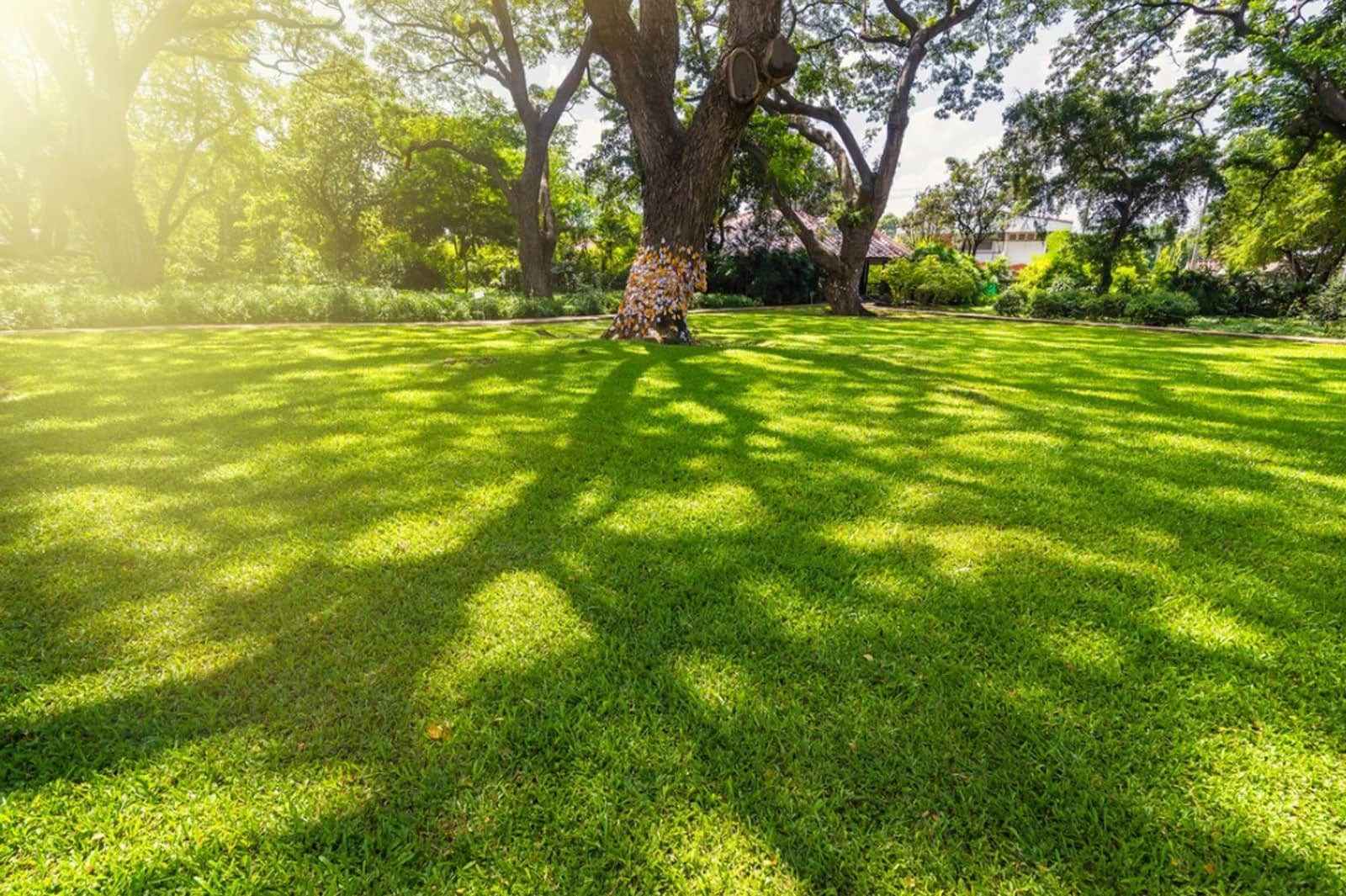
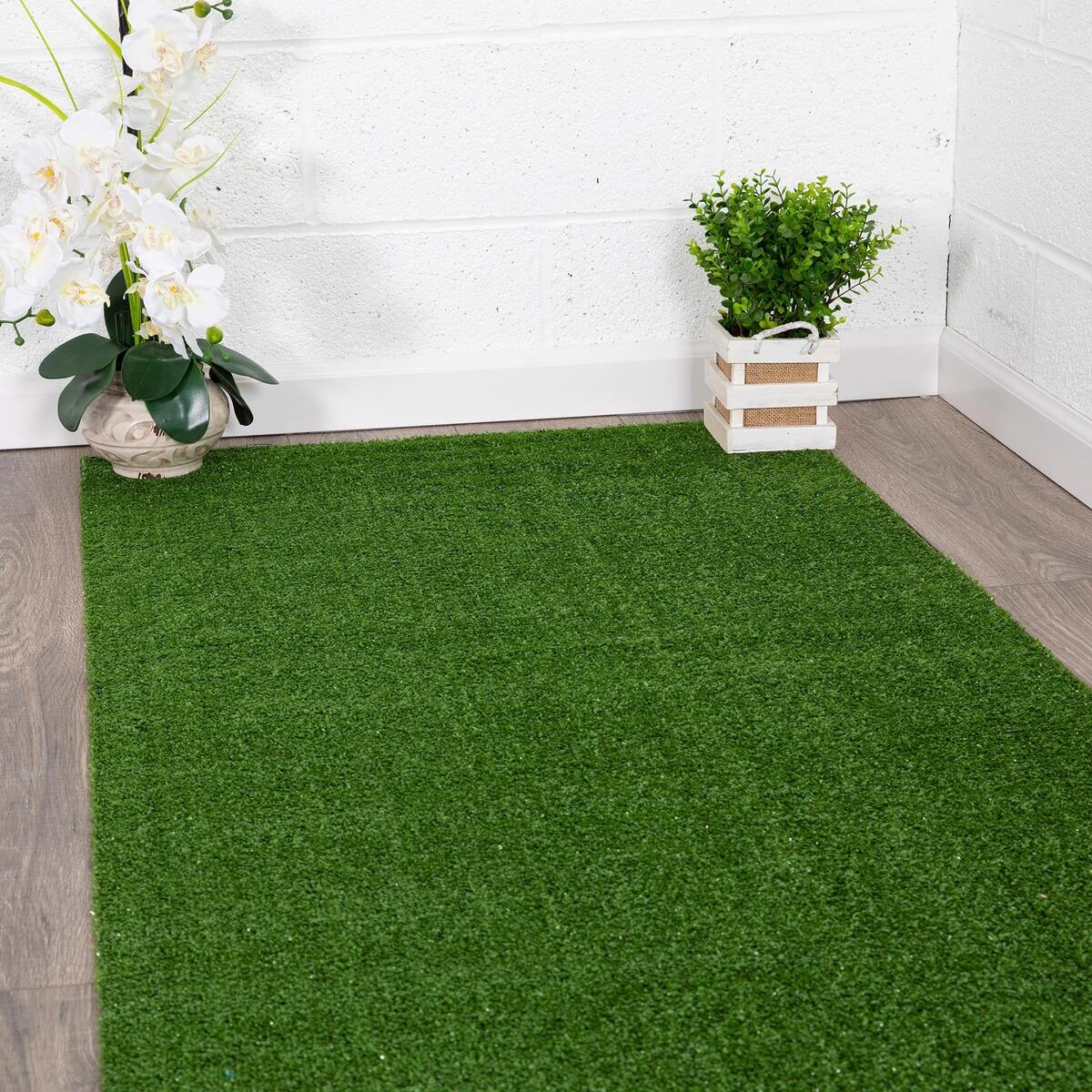
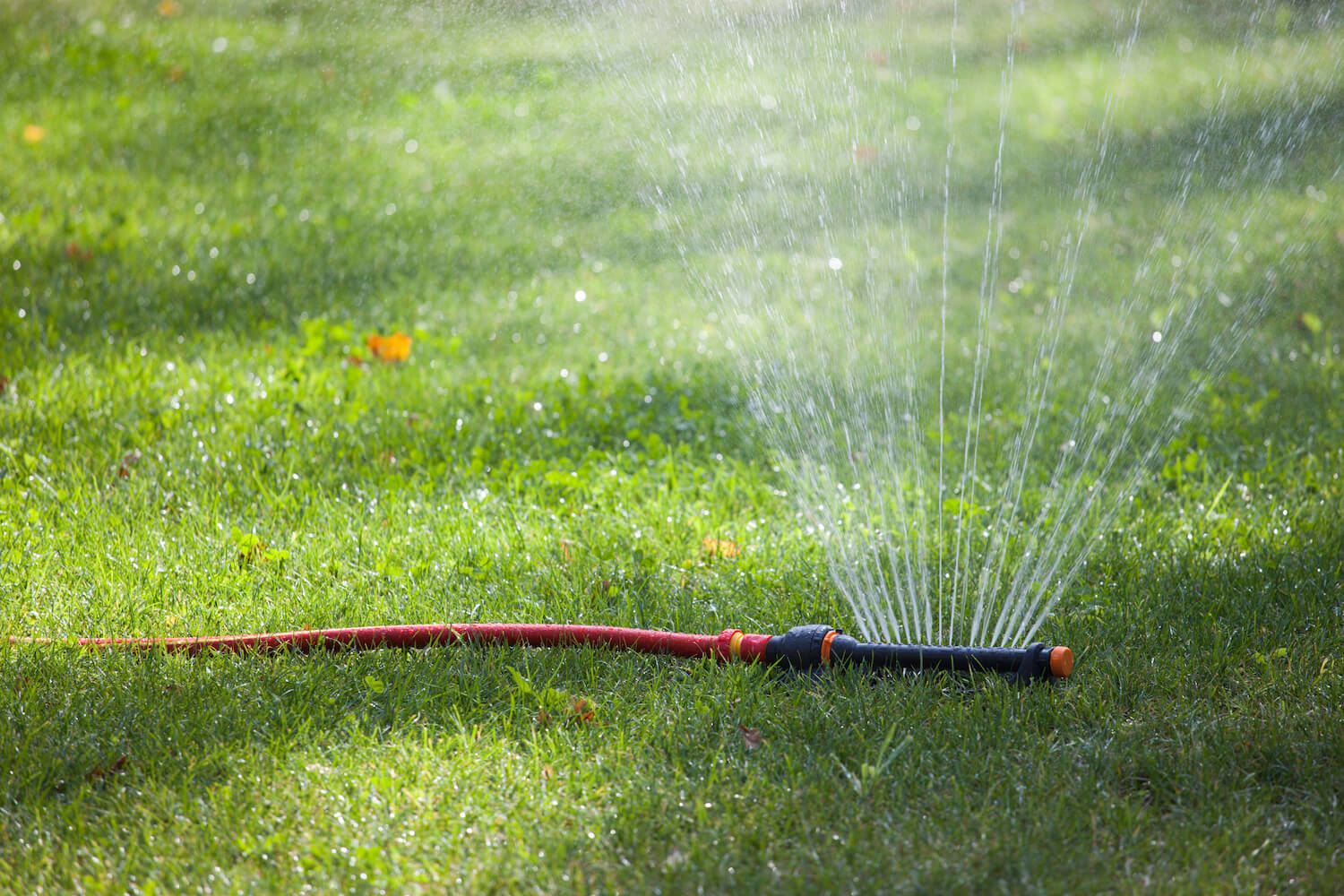

0 thoughts on “How To Propagate Guppy Grass”